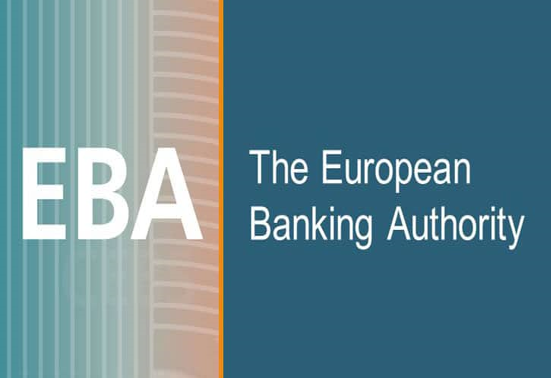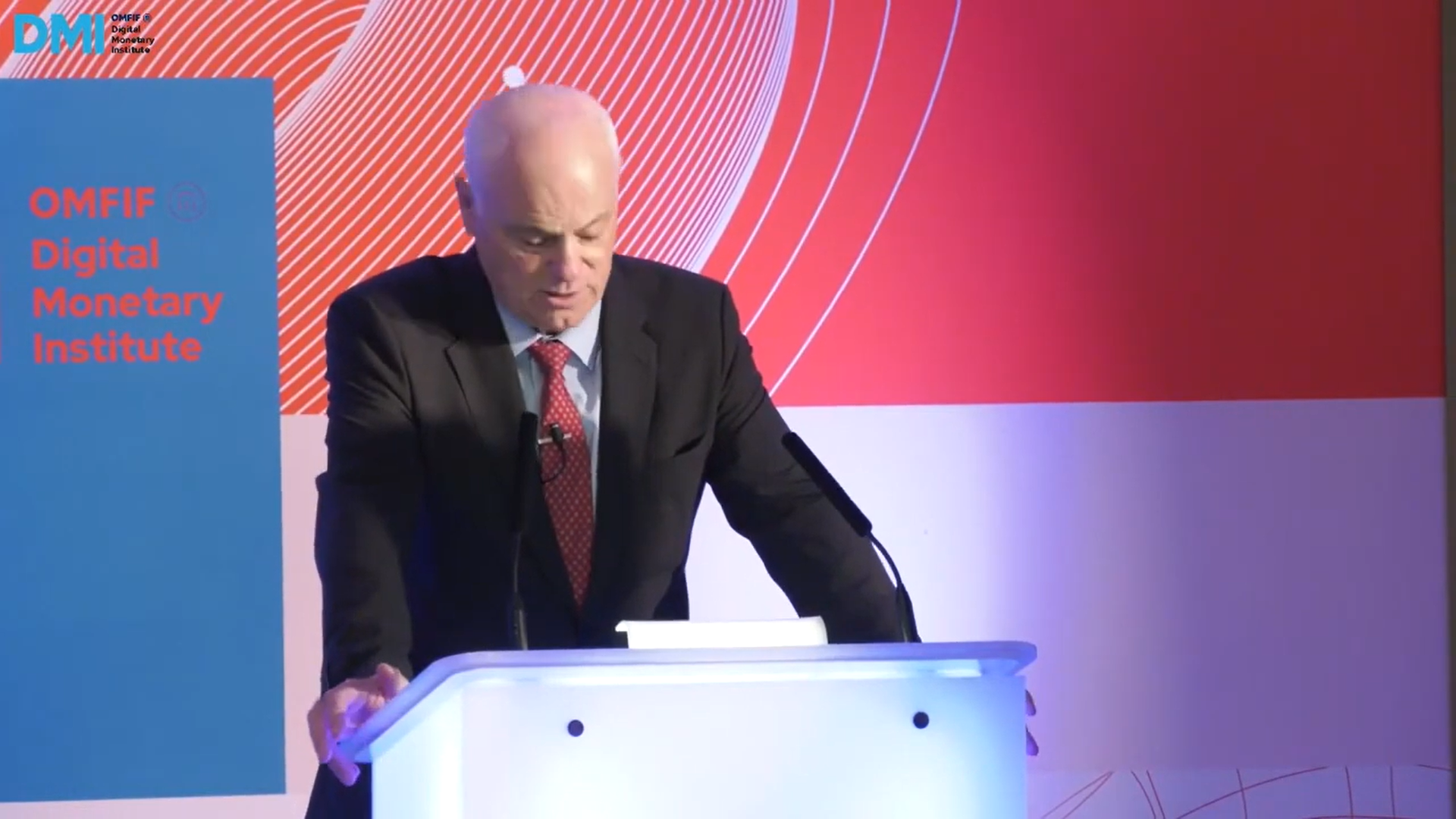
Giving a keynote at the annual Digital Monetary Institute symposium in London, José Manuel Campa, chairman of the European Banking Authority (EBA), was broadly positive about the potential of stablecoins to facilitate responsible innovation in the market, provided they followed some common-sense rules.

Noting that the introduction of Central Bank Digital Currencies (CBDCs) would still take some time, Campa said that the EBA could envisage stablecoins becoming even more relevant as a means of payment. This was coherent with a long history of having private applications as payment devices in society in parallel with central and private bank money, he added.
In particular, with certain central banks proposing limits on holdings of CBDCs, Campa suggested that stablecoins may be necessary for higher-value use cases, particularly in wholesale markets.
However, in order to be a “facilitator for responsible innovation in the market,” stablecoins must implement some sensible guardrails to mitigate risks.
Key among these was that stablecoins should not be a risk to the effectiveness of monetary policy. To this end, Campa suggested that central banks should have the power to veto the widespread introduction of particular stablecoins which ultimately affect public policy goals.
Secondly, the design of stablecoins should include features to alleviate the risks of a future loss of confidence by users in their ability to restore value and maintain their pegs. One example of this would be the holding of sufficient and high-quality reserves to back the stablecoin.
Additionally, stablecoin operators should be aware of and mitigate any risk of money laundering or terrorist financing, along with addressing risks of network outages and potential cyber-attacks. They must also ensure interoperability between stablecoins and other means of payment, such as CBDCs, cash and electronic payment services.
Finally, Campa made the distinction between technology, product, firms and assets in the cryptocurrency space. With regards to stablecoins, technology is used to create a product, which may or may not be considered an asset, although most forms of electronic money are not.
The firms which produce these (and indeed any other) products must be wary of areas where additional risk may arise including ineffective governance, conflict of interest, and poor risk management. Campa noted that many of the high-profile failures in the crypto industry in 2022 were ultimately down to a combination of one or more of these issues.
The EBA will be responsible for overseeing stablecoin issuers under the forthcoming EU Markets in Crypto Assets (MiCA) regulation, which refers to stablecoins as ‘asset-referenced tokens’.
It is refreshing that the key European regulator sees a place for regulated stablecoins alongside other forms of payment, rather than the blanket concerns over the technology expressed by US financial authorities.
The MiCA regulation is expected to get final approval this week and be implemented sometime in 2024, so we will Observe how the stablecoin market develops in the meantime.
